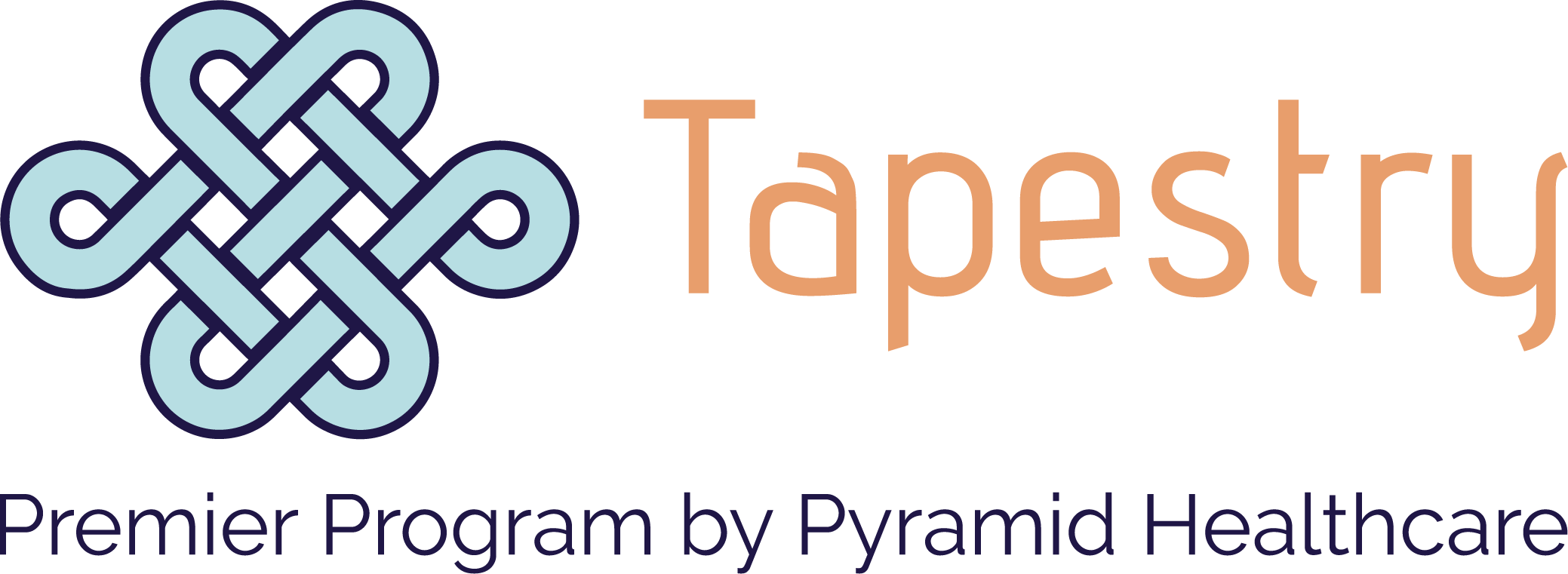Getting the Right Treatment for Your Family
Parents of children with mental health concerns face a variety of issues. They may face pressure from their child’s school, a lack of social support, financial issues in affording intervention and judgment from their community.
While having a child with a mental health disorder doesn’t diminish their value or your effort as a parent, the challenges it brings can leave you feeling overwhelmed, confused and exhausted. Finding adolescent mental health treatment shouldn’t feel like an additional burden on your already full plate.
That’s why this article was written as a guide to help you understand and find treatment for adolescent mental health problems. Here you’ll learn about the most common disorders that affect youth as well as tips for picking care for your loved one.
Common adolescent mental health problems
According to the Centers for Disease Control and Prevention, the most commonly diagnosed mental health disorders for youth ages 3-to-17 are attention deficit hyperactive disorder (ADHD), anxiety disorders, behavioral problems and depression.
It’s also important to note that some children struggle with multiple diagnoses at the same time. Overlapping risk factors, genetic factors, environment and the stress of mental illness can contribute to a person facing multiple disorders, often called comorbidity.
Treatment for adolescent mental health
Treatment for mental health conditions is always personalized to match a client’s level of need, individual preference and presenting symptoms and diagnosis. However, there are modalities of treatment that are applied to almost all cases. They are therapy, medication and lifestyle changes.
- Therapy: treatment for psychological disorders should always include therapy. Therapy can occur in one-on-one settings or in groups and has many different implementations. The most common are cognitive behavioral therapy, dialectical behavior theory, exposure therapy and the like. You may also partake in nature therapy, animal-assisted therapy and so on.
- Medication: since one of the root causes of mental health disorders is a chemical imbalance in the brain, medication is used to reverse the effects of this process. Commonly prescribed medications include antidepressants, anti-anxiety medications, stimulants, mood regulators and so on.
- Lifestyle changes: in order to take care of your mind, you’ll need to make adaptations in your daily life. This includes healthy eating, improving sleep quality, regular exercise, positive social time and so on. It also includes implementing the mental exercises you learn in therapy, like mindfulness, decision making and self-regulation.
Finding healing from a mental health disorder is a hard task and it requires an individual to commit to giving full effort. The results are worth it, though.
Finding good adolescent inpatient mental health facilities
Parents want the best for their children in every area of life, and finding treatment for a mental health disorder is no different. If this is your first time browsing for care or you’re looking to change providers, here are some tips to keep in mind.
1. Do your research
The first step most parents will take in finding adolescent inpatient mental health facilities will be browsing the web. Sadly, youth struggling with mental health are an underserved population and many regions don’t have the facilities to adequately address this problem. While your options may be limited, you should be able to find a couple resources in your area to choose between.
2. Ask around
The most tried-and-true way to find mental health care for your child is through word of mouth. Although the topic may feel too personal to discuss with friends, you can easily ask your child’s pediatrician or school counselor for their recommendations. Moreover, schools may be able to provide additional mental health support.
3. Get the right level of care
As a parent, you may worry that your child isn’t getting the appropriate amount of care for his or her needs. When you are searching for a provider, ask around to see what the intake assessment or level of care assessment includes. This should cover mental health history, presenting symptoms, diagnoses, medication and more.
4. Pay attention to the quality of care from the beginning
The most effective treatment occurs when a client (and his or her family) trust the provider and trust that the treatment will be effective. If you’re skeptical or uncomfortable from the beginning, it’s likely a sign to move on. Your instincts can help you find care that is effective, compassionate and healing.
5. Check out Tapestry
Tapestry Recovery is a program for mental health, substance use and eating disorder treatment in North Carolina and Pennsylvania. You’ll find holistic care that includes evidence-based practices, trauma-sensitive treatment, beautiful facilities and a multidisciplinary approach.
Your family deserves the best and Tapestry can offer unparalleled care. Call today to learn more.






